Macro photographers are the ones who best understand the beauty of the little things around us. They’re the people who allow us to delve into a whole universe that’s not visible to the naked eye.
Macrophotography was once beyond the reach of many because of the sheer amount of money one had to invest in, such as having the right pieces of equipment. But with the advent of DSLRs and smartphones, with plug and play macro lenses, it’s now accessible to anyone with an eye for the macro.
Capturing macro photographs is not as easy as it appears to be. A lot of parameters come into play when you click a macro photo. In this article, we’ll have a look at seven tips that can help you click excellent macro shots of nature while traveling.
Tip 1: Understand the Macrophotography Terminologies
“To be a master, you must be willing to be a beginner”
This quote might seem to be superfluous, but you need to be keen on the basics. You need to be thorough on the terminologies and the role that each of them plays in macrophotography.
Two of the most essential terminologies that you ought to know are:
- Magnification: The term magnification refers to the ratio between the size of the subject on your camera’s sensor to its size in the real world. Instead of using the terms ‘Life-Size magnification’ and ‘Half Life-Size magnifications,’ most photographers and manufacturers use the actual ratio.
For instance, 1:1 is a term for Life-Size magnification, and 1:2 is for Half Life-Size magnification.
- Working Distance: This refers to the distance between the front of your lens and your subject. The more the working distance, the closer you’re going to be to the subject.
Ideally, you should need a minimum working distance of 15cms. But this can get tricky as there are chances of scaring off the subject. Being too close to the subject also poses an additional challenge to low lighting.
Ideally, you should choose a lens that offers you the most considerable possible working distance.
Tip 2: Choosing The Right Camera and Equipment
If you’re planning to buy a camera for macro photography, choose the one that lets you use a good macro lens. Also, make sure that you buy one that has the least lag between focusing the subject, clicking the shutter, and having the image recorded. This can especially come in handy when you’re out in the wild!
Don’t be afraid just to use your phone. The photos we’ve included as examples were graciously provided to us by Johnny Armstrong, a strong eco-advocate and author of the book Shadowshine: An Animal Adventure, which he took with his iPhone.
Tip 3: Choose Your Subject Wisely
Every photograph reflects the perspective of a photographer. If you’re out in the wild or a trekking expedition, keep an eye out for things that excite you. Before you click the subject, identify what’s inspiring you to click the picture. This can help you determine what to take photos of since, for most people, this is one of the hardest parts of photography.
Always keep in mind that in macro photography, the subject may cover the entire frame. So, you need to choose what feature of the subject or mood you want to portray in your macro shot.
Tip 4: Control the Depth of Field (DOF)
DOF plays a pivotal role in macro photography, and it’s primarily dependent on aperture value and magnification. Increase the depth of your field by using a smaller aperture and ensure a sharp focus on the crucial parts of your subject. Take note that a smaller aperture can reduce the sharpness of your image.
On the other hand, if you were to use a large aperture, you’ll have to compromise on the DOF. This can cause parts of your subject to become blurred and is one of the major challenges involved in macrophotography. This is something that demands experience to get ‘just right.’
As a beginner, you can choose to click your subject from an angle that allows you to fit the quirky aspects of your subject on a single plane of focus. While doing this, make sure that you choose an angle that lets you keep the image of the subject sharp. Once you identify this angle, choose the largest possible aperture that can cover the aspects of the subject you want to focus on.
Tip 5: Create Better Lighting
Lighting is a critical component of any photography. An excellent natural light always helps you click unique macro shots. But it would help if you also learned the tricks and techniques to add light to support the exposure of the subject.
Ideally, beginners should use a ring flash that enables the use of small apertures and faster shutter speeds. This can come in handy when you’re trying to capture a moving object.
Tip 6: Choose Your Frames Wisely
Improving the composition of a subject in-camera has immense importance in macro photography because you cannot rely on post-processing to correct the subject’s balance. Post-processing in macro photography cannot always be done without compromising on the photograph’s resolution.
So, while clicking the photo, make sure that you choose your frame wisely and get enough magnification.
Conclusion
Macro photography isn’t easy. You need to learn and memorize a lot to achieve an excellent professional macro shot. Remember that every master was once a beginner!
Learn the basics and keep practicing them until it becomes a habit. Keep investing time in learning new techniques and practice them. Eventually, you’ll be on your way to improving your macro shots with every picture that you take!
The post How To Take Macro Nature Photos appeared first on YourAmazingPlaces.com.

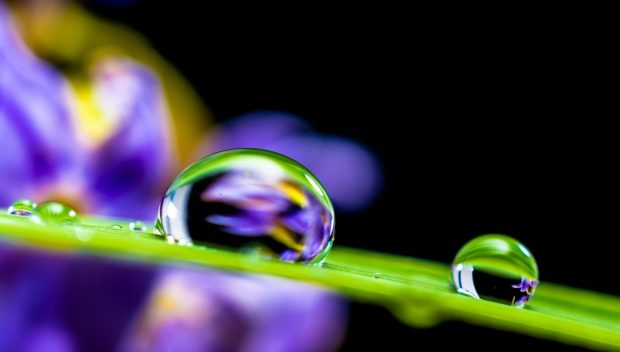
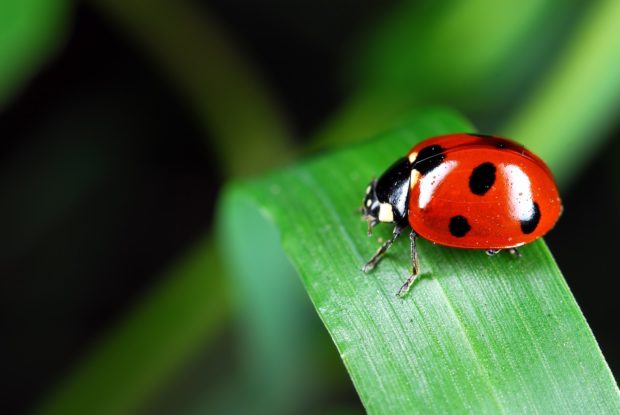
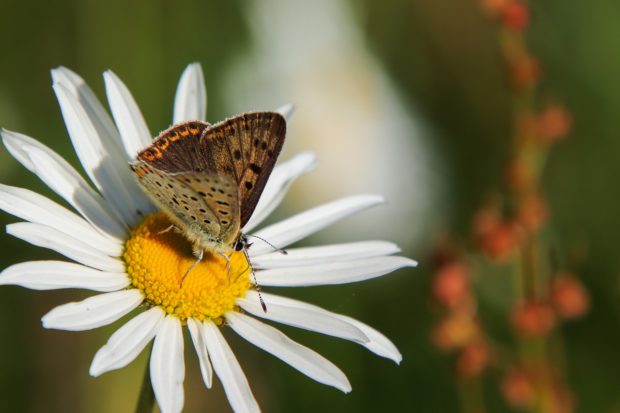
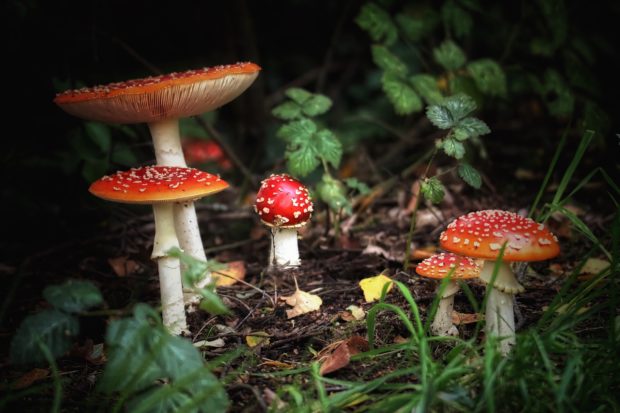
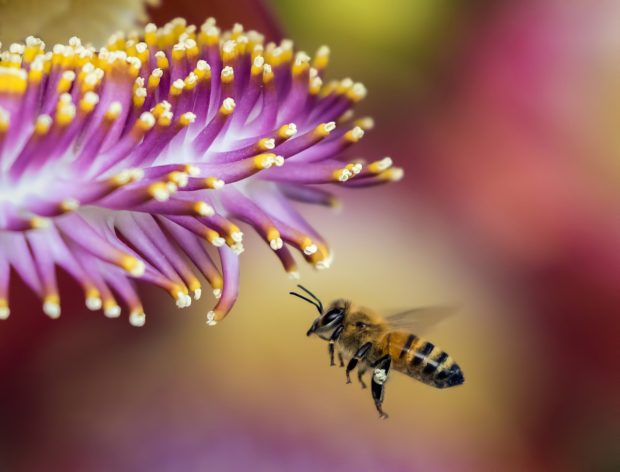
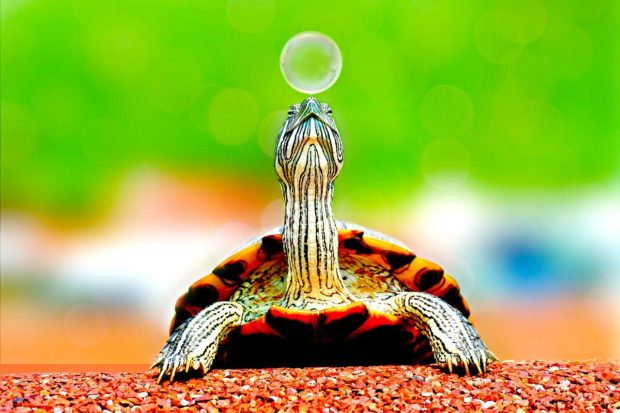
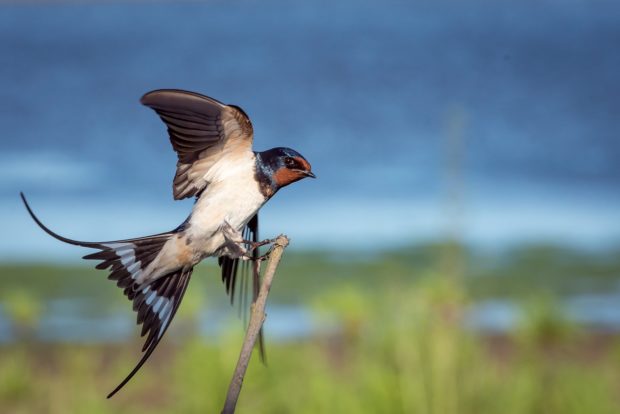

No comments:
Post a Comment